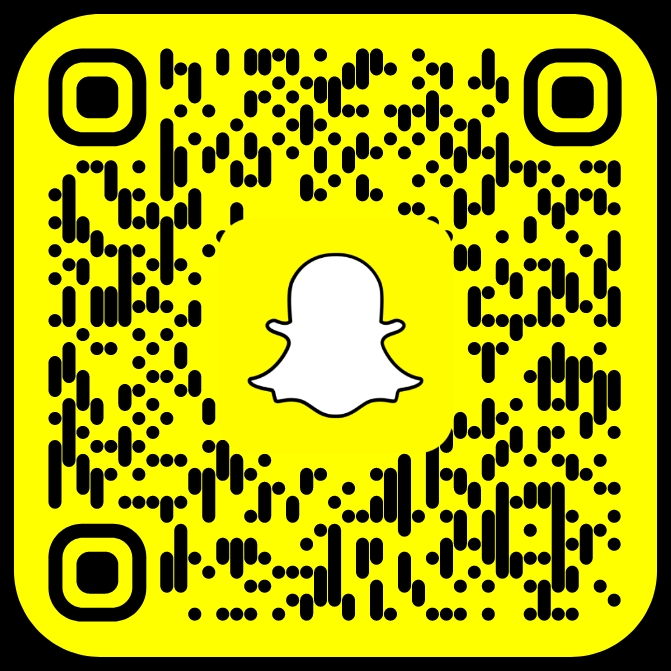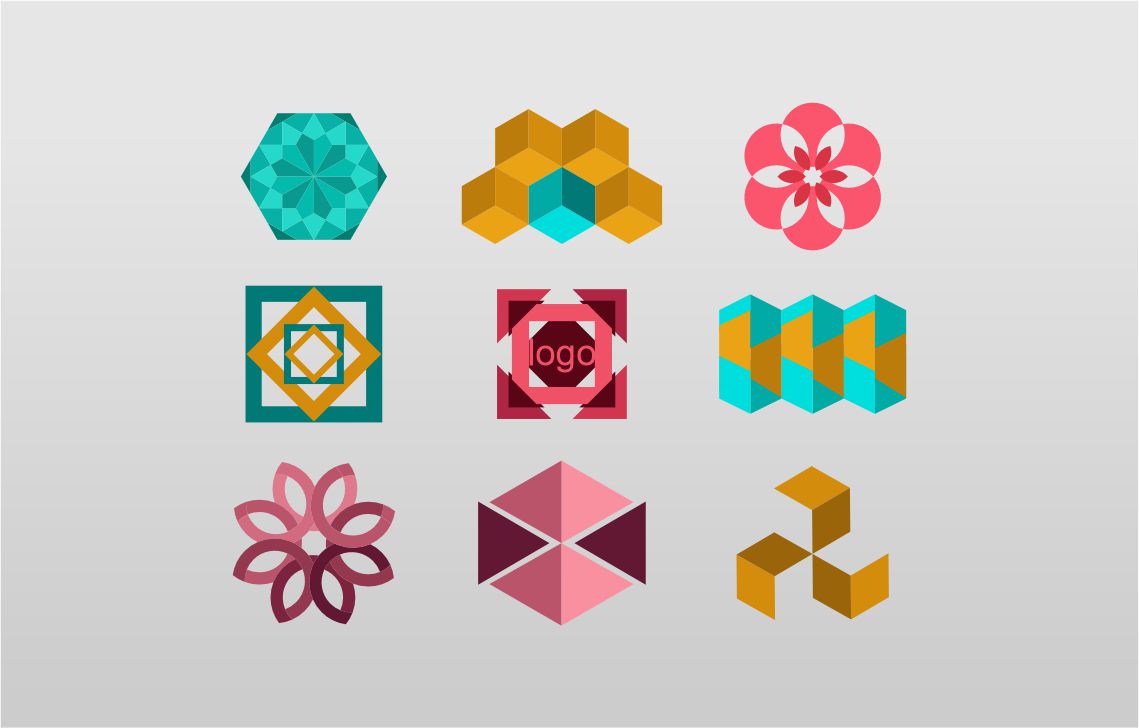Graphic Design
Exploring Geometric ShapesIn Logo Design Symbolism And Meaning
In today’s highly competitive business world, a well-designed logo is more than just a visual symbol; it’s a powerful tool that communicates brand identity, values, and personality. Among the myriad of design elements, geometric shapes stand out for their simplicity, versatility, and profound symbolism. Let’s delve into the world of geometric shapes in logo design, exploring their meanings and the impact they have on branding.
Introduction to Geometric Shapes in Logo Design
Logos serve as the face of a brand, representing its essence and distinguishing it from competitors. Geometric shapes, with their clean lines and precise proportions, offer designers a wide array of options to convey various messages effectively. Whether it’s a circle, square, triangle, or any other geometric form, each shape carries its own significance and can evoke specific emotions and associations.
The Psychology of Shapes
Before delving into specific shapes, it’s essential to understand the psychology behind them. Humans have an innate tendency to associate shapes with certain meanings based on cultural, psychological, and evolutionary factors. For example, circles are often perceived as symbols of unity and wholeness, while triangles evoke notions of power and balance.
Common Geometric Shapes Used in Logos
Circle
The circle is one of the most universally recognized shapes, symbolizing unity, harmony, and eternity. It often represents inclusivity and community, making it a popular choice for brands aiming to convey a sense of togetherness.
Square
Squares and rectangles are synonymous with stability, balance, and order. They convey a sense of reliability and solidity, making them ideal for brands that prioritize trustworthiness and consistency.
Triangle
Triangles are dynamic shapes associated with energy, progression, and direction. They symbolize strength and resilience, making them suitable for brands seeking to convey innovation and forward-thinking.
Rectangle
Similar to squares, rectangles represent stability and structure. They exude a sense of reliability and organization, making them suitable for brands in industries like finance and technology.
Pentagon
Pentagons are relatively rare in logo design but can symbolize growth, movement, and dynamism. They represent expansion and progress, making them suitable for brands in industries like healthcare and education.
Hexagon
Hexagons are associated with harmony, balance, and efficiency. Their symmetrical structure makes them visually appealing and versatile, making them suitable for brands that value precision and coherence.
Octagon
Octagons symbolize strength, transition, and versatility. They are often associated with stability and endurance, making them suitable for brands seeking to convey resilience and adaptability.
Symbolism and Meaning of Geometric Shapes
Each geometric shape carries its own unique symbolism and meaning, which can influence how a brand is perceived by consumers. Understanding these associations is crucial for designers when crafting logos that effectively communicate the desired message.
Case Studies: Famous Logos and Their Shapes
Examining the logos of well-known brands provides valuable insights into how geometric shapes are used to create memorable and impactful designs. For instance:
- Apple Inc.: The iconic Apple logo features a simple, bitten apple silhouette, symbolizing innovation and creativity. The use of a circular shape conveys unity and inclusivity, reflecting the brand’s commitment to user-friendly technology.
- Nike: The Nike swoosh, a simple yet powerful design consisting of a single curved line, represents movement and energy. Its dynamic shape evokes a sense of progress and empowerment, resonating with athletes and fitness enthusiasts worldwide.
- McDonald’s: The golden arches of the McDonald’s logo form a distinctive M shape, symbolizing the brand’s ubiquity and accessibility. The use of arches conveys a sense of stability and familiarity, making it instantly recognizable to consumers.
- FedEx: The FedEx logo incorporates a hidden arrow between the letters E and x, symbolizing speed, precision, and efficiency. The arrow conveys the brand’s commitment to delivering packages quickly and reliably, reinforcing its reputation as a leader in logistics.
Choosing the Right Geometric Shape for Your Brand
When selecting a geometric shape for your brand’s logo, it’s essential to consider how it aligns with your brand values and resonates with your target audience. Whether you opt for a circle, square, triangle, or any other shape, ensure that it effectively communicates the essence of your brand and leaves a lasting impression on consumers.
Design Tips for Using Geometric Shapes in Logos
- Balance and Symmetry: Maintain equilibrium in your design by ensuring that elements are proportionally distributed and visually harmonious.
- Color Psychology: Choose colors that complement your chosen shape and evoke the desired emotions and associations.
- Negative Space: Utilize negative space creatively to enhance the visual impact of your logo and convey multiple layers of meaning.
The Future of Geometric Shapes in Logo Design
As design trends evolve and technology advances, the use of geometric shapes in logo design is likely to continue to evolve. From minimalist designs to interactive logos optimized for digital platforms, designers will explore innovative ways to leverage geometric shapes to create memorable and impactful brand identities.
Conclusion
In conclusion, geometric shapes play a pivotal role in logo design, offering designers a versatile toolkit to create visually striking and meaningful brand identities. By understanding the symbolism and meaning behind different shapes and employing design principles effectively, brands can craft logos that resonate with their target audience and leave a lasting impression.
Unique FAQs
- Why are geometric shapes popular in logo design?
- Geometric shapes offer simplicity, versatility, and profound symbolism, making them popular choices for designers seeking to create memorable and impactful logos.
- How can I choose the right geometric shape for my brand?
- Consider your brand values, target audience, and desired message when selecting a geometric shape for your logo. Choose a shape that aligns with your brand identity and resonates with your target demographic.
- What role does color play in geometric logo design?
- Color plays a crucial role in evoking emotions and associations associated with your chosen geometric shape. Choose colors that complement your design and convey the desired message effectively.
- Are there any industries where certain geometric shapes are more commonly used?
- While certain shapes may be more prevalent in specific industries, such as squares and rectangles in finance and technology, the choice of shape ultimately depends on the individual brand’s values and objectives.
- How can I ensure that my geometric logo design stands out from competitors?
- Focus on creating a unique and memorable design that effectively communicates your brand’s identity and values. Incorporate elements of creativity, originality, and innovation to differentiate your logo from competitors.

